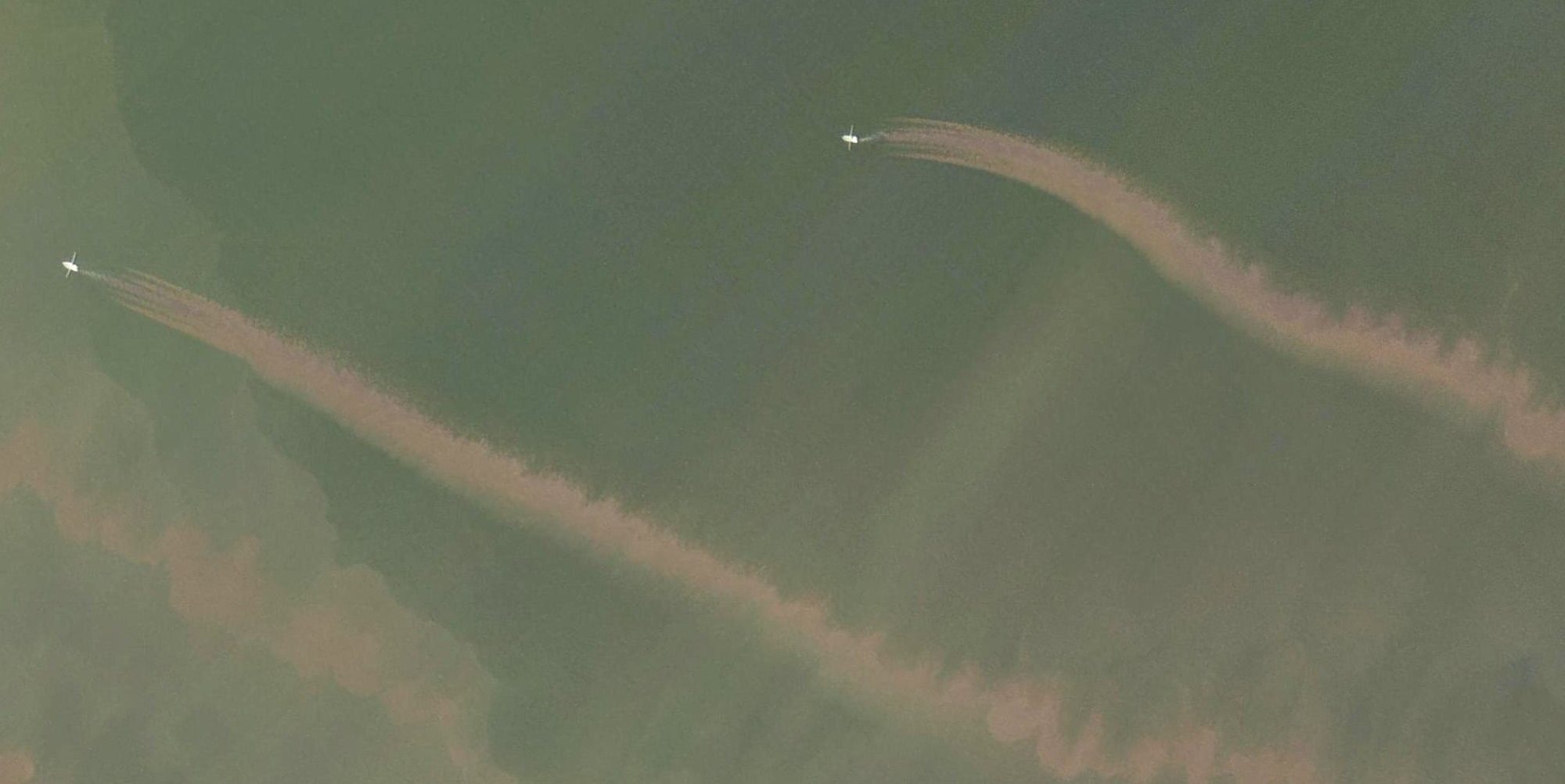En 2021, un article publié dans Nature, faisait les gros titres dans le monde car il assimilait le carbone libéré par la perturbation des fonds marins due au chalutage de fond à la quantité de CO2 générée par l’industrie mondiale du transport aérien. Aujourd’hui, un article, également publié dans la prestigieuse revue, réfute ces conclusions. Les auteurs, dont Sebastiaan van de Velde de l’Université libre de Bruxelles et de l’Institut royal des Sciences naturelles de Belgique, craignent que l’utilisation de chiffres exagérés pour le chalutage de fond n’augmente les émissions mondiales de CO2 tout en réduisant l’approvisionnement alimentaire mondial.

Un article publié aujourd’hui dans Nature réfute les conclusions d’un précédent article de Sala et al sur la quantité de CO2 libérée des fonds marins par le chalutage de fond. Cet article a fait les gros titres dans le monde entier lors de sa publication en 2021, car il assimilait le carbone libéré par la perturbation des fonds marins due au chalutage de fond à la quantité de CO2 générée par l’industrie mondiale du transport aérien.
Dans le nouvel article, les chercheurs montrent que la méthodologie utilisée par Sala et al surestime largement les émissions de carbone. Pour calculer le CO2 libéré par le chalutage de fond, les auteurs de l’étude de 2021 ont modélisé la quantité de carbone qui serait perturbée et ont supposé que la plus grande partie de ce carbone serait convertie en CO2.
Cependant, la majorité du carbone organique présent sur les fonds marins se décomposerait et serait libéré sous forme de CO2, qu’il soit ou non perturbé par le chalutage de fond. Seule une très petite fraction du carbone des fonds marins réagit potentiellement à la perturbation causée par le chalutage. L’effet du chalutage de fond sur le stockage du carbone dans les fonds océaniques est 100 à 1000 fois inférieur à celui du transport aérien mondial.

« Les auteurs de l’étude initiale ont axé leurs calculs sur le carbone organique « juteux » et réactif de la surface, qui serait de toute façon rapidement libéré par les processus naturels, plutôt que sur le carbone vieilli et beaucoup moins réactif qui est stocké dans les fonds marins », explique Sebastiaan van de Velde, chercheur principal à l’Institut royal des Sciences naturelles de Belgique et l’Université libre de Bruxelles, et deuxième auteur de l’étude. « Étant donné que le carbone le plus réactif sera rapidement converti en CO2 dans tous les cas, le fait de supposer qu’il est affecté par le chalutage gonfle massivement les émissions de CO2 estimées. »
Injustement rassurés
Il ne fait aucun doute que le chalutage de fond perturbe les flux naturels de carbone et perturbe la vie marine vivant au fond des océans, mais les flux de carbone des fonds marins sont très complexes. L’utilisation de chiffres exagérés est inquiétante, car de nombreux gouvernements et autres acteurs proposent d’interdire le chalutage de fond et d’utiliser les « crédits carbone » pour compenser d’autres activités. Mais si les émissions de carbone dues à la perturbation des fonds marins sont surestimées de plusieurs ordres de grandeur, nous risquons d’être indûment rassurés par toute interdiction du chalutage de fond. En réalité, cette interdiction pourrait détourner les efforts de méthodes plus efficaces, tout en augmentant les émissions globales de carbone et en réduisant l’approvisionnement alimentaire mondial.
« Réfuter les résultats d’études antérieures fait partie du processus scientifique classique : une étude présente une hypothèse, d’autres la remettent en question avec leurs propres expériences, et c’est ainsi que nous nous rapprochons de la vérité », conclut van de Velde.

